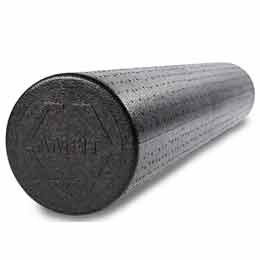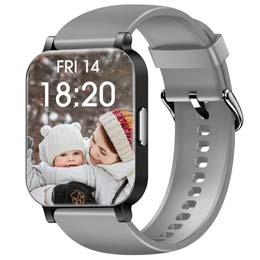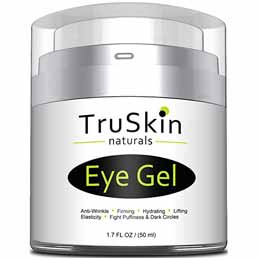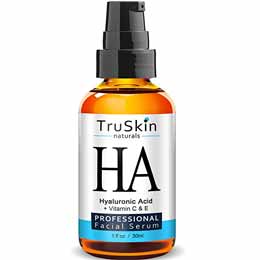Anti-Fungal Salve Recipe
For this homemade salve recipe I wanted to create something for cuts, dry skin, to soothe the cracked skin you can get between your toes and the like.
There is a link at the bottom of the page that refers to an article on how you can infuse your own oils.
Essential Oils and Butters Used in this Salve
- Oregano Essential Oil – I used oregano essential oils for the following beneficial properties: it's antibacterial, anti-fungal, anti-inflammatory, and a disinfectant.
- Frankincense Essential Oil – I really like using frankincense and because it is good for lots of skin issues, I had to include it.
- Cedarwood Essential Oil – I used this oil partially because I like the way it blends with the oregano and among other things cedarwood essential oil is antiseptic, anti-inflammatory, and because of it's fungicidal properties.
- Vitamin E Oil - I happen to like vitamin E as it helps dry skin.
- Shea Butter – light nutty scent, moisturizing, hydrating, softens skin, healing, conditions damaged skin, and good for mature skin.
- Coconut Oil - moisturizing, softens and soothes the skin, slightly oily until absorbed.
Making Your Homemade Anti-Fungal Salve
If you've read any of the other articles we have on making your own salves then you can see how easy and fun it can be to make your own stuff. You may have also noticed there are a few basic ingredients used in all of them. So when you purchase some of the items such as the butters and wax for instance, it's nice to know you're not buying something that will only be used once in a blue moon.
Below are the ingredients used in this anti-fungal salve.
Anti-Fungal Salve Ingredients
- 1 cup Anti-Fungal Infused Oil (see below for herbs/plant material used)
- 2 - 4 Tablespoons Beeswax Pastilles (see note 1)
- 1/2 cup Shea Butter
- 1/2 cup Coconut Oil
- 1 Tablespoon Vitamin E Oil
- 20 drops Cedarwood Essential Oil
- 17 drops Oregano Essential Oil
- 10 drops Frankincense Essential Oil
- 12 – 2 fluid ounce glass containers
You will find a link at the bottom of this article that will open a new tab with the herbs used for the anti-fungal infused oil.
Directions
- In a bowl large enough to melt your ingredients, add the infused oil, beeswax, shea butter, and coconut oil.
- Fill a larger pot a little less than half way full of water and place the bowl with your ingredients inside, like a double boiler idea.
- Heat slowly over a medium-low to medium heat, stir occasionally until all ingredients are melted.
- While this is melting, get your containers ready to fill. I put an old towel down (to protect the surface from any spills) then put the containers on that.
- When the ingredients have been completely melted, turn the burner off and carefully remove the bowl from the hot water. Be so careful not to spill, this is hot! Use pot holders and set the bowl on a towel.
- Let the mixture cool just a bit before adding the essential oils.
- Add the essential oils and stir well then pour in the containers and wait for them to harden before you start using it and giving it to friends and family.
Notes:
- I always start with the least amount of beeswax. When all ingredients are melted, I take some of the mixture and put it on wax paper to cool to see what the consistency is like. From there if I want, I'll add in more beeswax. Let it melt and test again.
It will take 2 to 3 hours before it's hardened. Start with just a little bit so you know what it will be like on your skin.
Using the Herbal Infused Oil with Essential Oils
Sometimes I find there is a little more infused oil left over than the recipe calls for. What I did was use a 1 ounce roller bottle and then added essential oils to that. For this I used 7 drops of each the oregano and cedarwood essential oils.
I have used this salve on the dry, peeling skin I get in between toes, I've used it on nicks my husband has given himself while shaving and similar boo boos.
For making infused oil, refer to this article: How to Infuse Oil with Herbs for Use in Homemade Recipes.
Homemade Recipe Tips
- Make sure your work space and hands are clean.
- Make sure the containers you are using are clean.
- Make sure salves and creams have cooled enough before pouring in glass containers so they don't break.
- Keep the batch size small so the homemade products you use are fresh unless you're making gifts.
Infusing Herbal Oils
- Before you decide on which plant material you are going to use, I recommend you do your research on the plants or herbs you want to use.
- The infused oils I make are for topical use, I recommend you do a little test on your skin prior to using your infusion, just to make sure you don’t have a reaction, chances are pretty low that it would bother you, but you just never know especially if you have sensitive skin.
- All my infused oils have turned out great for the salves I’ve made or using them as they are or mixing with other oils and essential oils.
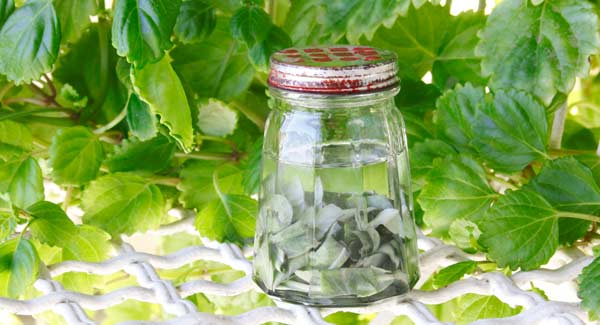

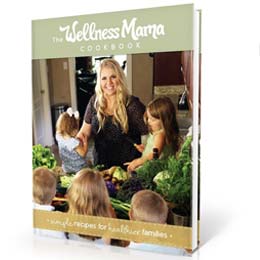
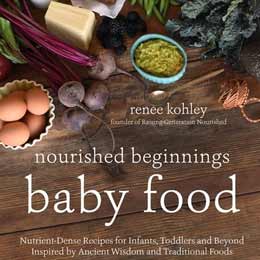
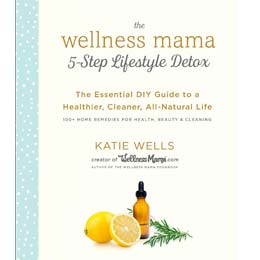 Wellness Mama 5 Step Lifestyle Detox
Wellness Mama 5 Step Lifestyle Detox